In 2020 and 2021, the number of deaths worldwide had a significant increase, 63.17 million and 69.25 million, respectively, with mortality rates rising to 8.1 ‰ and 8.8 ‰, respectively. Death is an inevitable event for everyone, but each person has their own different choices about what to do with their remains after death." Japan tops the list with a cremation rate of more than 99.99 %, and the United States has a cremation rate of about 50 %." Ms. Kristen, President of the American Funeral Association, mentioned during her communication and sharing at the 15th General Assembly of the International Association of Funeral Directors. According to the International Funeral Association (FIAT-IFTA) survey statistics, the national cremation rate in 2005 was 32.3%, while in 2015, ten years later, it reached 48.5%, an increase of sixteen percentage points. President Christian predicts that by 2030, the vast majority of U.S. states will have cremation rates over 65 %, while Washington, Nevada, Montana, Wyoming, Colorado, Minnesota, and others will exceed 82 %. Of course, there are some people who still choose traditional burial considering the religious influence and other factors. In this article, we will introduce cremation and burial in detail, you can read this article for further information.
What is cremation?
Cremation, as the name implies, is cremating the dead body. Before cremation, you must allow two days to prepare for the procedure. Once you have received permission from the local authorities, you can contact a partner funeral home to have the body cremated. During the cremation, the staff puts the body into a hot cremator, usually at a temperature of 1,400 to 1,800 degrees Fahrenheit, which ensures that all body tissues are burned. Cremation usually takes 1-3 hours, with variations in cremation time depending on the weight of the remains. A large portion of the body's weight is water, and during the cremation process, the water in the body is evaporated and the vast majority of the organic matter is transformed into gas during the burning process, leaving mainly dry bone fragments, which are non-combustible. Next, the dry bone fragments are ground to a sandy state using an ash grinder, which is the ashes. Finally, these ashes will be placed in an urn and given to the family. Whether the ashes are buried in the earth, scattered in water or in the air, or launched into space by rocket depends on the wishes of the deceased or relatives. For adults, ashes make up about 3.5% of the original body mass; for children, about 2.5%. Of course, there will be some differences due to the different body proportions of each person. For a person who weighed 65 kg during his life, the remaining ashes after cremation will be about 2-3 kg with no change in weight.

What is burial?
A burial is when a deceased person is placed in a coffin and a pallbearer places the coffin under the ground. The casket bearer can be a funeral director or a friend or relative of the deceased. Before putting the body into the coffin, the body can be dressed and groomed well. After the grave is filled in, a headstone purchased in advance is erected. In traditional thought, burial is the best consolation for the deceased because it is a way to keep the body intact. However, burial needs to be done immediately after the death of the deceased, as the body will start to decompose and give off an unpleasant smell after a long time. Burial is very ritualistic, with shrouds, coffins and tombs that help to slow down the decomposition of the body. Depending on the culture, different clothes are worn when the body is buried.
But what exactly will influence people's choice on cremation and burial? We would say, so many points. Let's get to know more in the next part.

Low cost
Cost factors often make cremation more attractive. In general, cremation costs are lower than traditional burial services. Embalming is not mandatory for cremation, and the cost of embalming a body can be saved by cremating it as soon as legally possible. The cost of direct cremation is around $900, with an additional cost of about $3,000 if a memorial service is required. The cost of a burial is relatively a little higher, with the cost of the casket bearer, the cost of cosmetic hairdressing of the body, the cost of the casket, the cost of embalming the body and the cost of the grave and headstone. Overall, the cost of a burial is over $8,000.
Religious belief
Indian religions, such as Hinduism and Buddhism, are all known for their adherence to cremation.Due to their teachings, the physical body is considered as a tool for the soul and divine consciousness to attach to. The Bhagavad Gita mentions, "It is like taking off old clothes and putting on new ones; after death the soul leaves the body and then acquires a new one." Therefore, the dead body is not sacred, because the sacred soul has left the body. So cremation is moral in the above mentioned religions. According to the Hindu tradition, cremation of a dead body is believed to facilitate the transcendence of the soul's consciousness to fullness and detachment from the real world, which will help to go to the "other world". Buddhism, which follows Brahminical thinking, also popularizes cremation.
In Christian countries and cultures, cremation is generally discouraged. This is because they believe in the resurrection of the body. The Roman Catholic Church's opposition to cremation stems from several ideas: first, that the body of the deceased is like an instrument for receiving holy things, and is in itself solemn and sacred; second, that as an integral part of the person, it should be handled in an honorable and reverent manner, and that many of the early practices of such disposal of the body were regarded as pagan acts, or insults to the body; third, that in imitation of Jesus' burial, the body of the Christian should was buried; fourth, to perform cremation was tantamount to denying the resurrection of the body. (Quoted from Wikipedia)
Personalization and Flexibility
Burial is a more traditional form of burial, simply put - the body is placed in a coffin and then buried. It is usually done in a cemetery, where family and friends visit on Ching Ming Festival or special holidays to pay their respects. For some people, it is a sense of sacred ritual. Compared to burial, cremation is more personalized and flexible. For example, a wide variety of ways can be used to dispose of your loved one's ashes after cremation, such as custom urn necklace for ashes, keepsake urn, making fireworks out of your loved one's ashes, or scattering the ashes in the mountains, rivers, and the sea in accordance with their wishes, etc. For more details about disposing of human ashes, you can read another article: "How to dispose of loved one's ashes" . Custom urn necklace for ashes can carry your loved one out wherever you go. Keepsake urn can be purchased as keepsake to family members or friends. In addition, if we choose traditional burial, as our loved ones move, and as we get busy with school and work, the number of visits to the cemetery becomes less frequent. The number of visits to the cemetery becomes less frequent. Choosing cremation can make mourning your loved one much easier. A cremation ash necklace will keep your loved one by your side every day.
Environmental impact
Most caskets and burial goods used in burials are non-biodegradable materials, and a large amount of embalming fluid used to dispose of the body goes deep into the ground, contaminating the land. Formaldehyde, menthol, phenol, and glycerin are just some of the toxins that make up the embalming solution. It is estimated that 800,000 gallons of formaldehyde are placed in the ground each year as a result of traditional burial practices. Buried bodies also release methane as they decompose, and the amount of land taken up by traditional burials is so great that for every piece of land taken up to bury a body, our arable and forest resources become less. In contrast, cremation has a little less impact on the environment. The body is put into a cremator for incineration, and the remaining ashes can be disposed of by the relatives themselves. Ashes can be kept in biodegradable urns.
Decide on your own
Based on the pros and cons of cremation and burial, you can choose a funeral option that suits your needs or the wishes of your loved one. Making advance arrangements and planning your budget can often save you thousands of dollars. If you are torn between cremation and burial, you can read this article to see if it will help you.
























